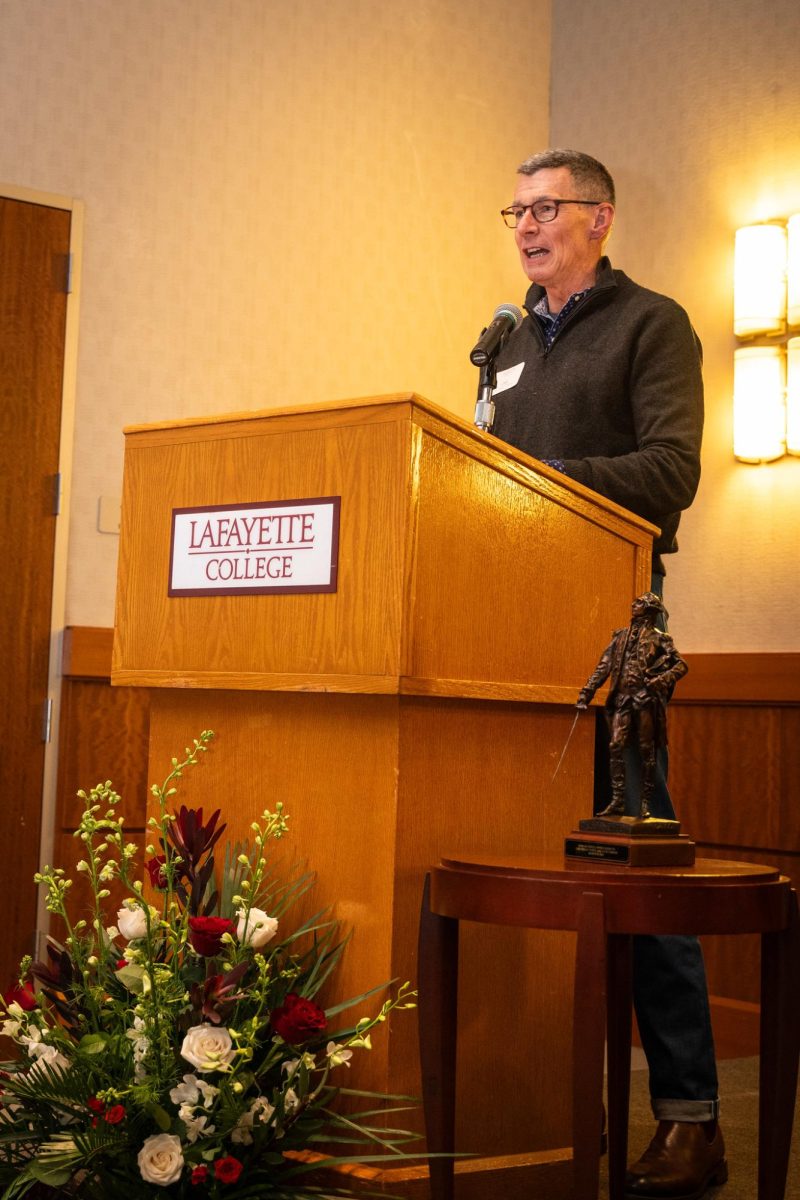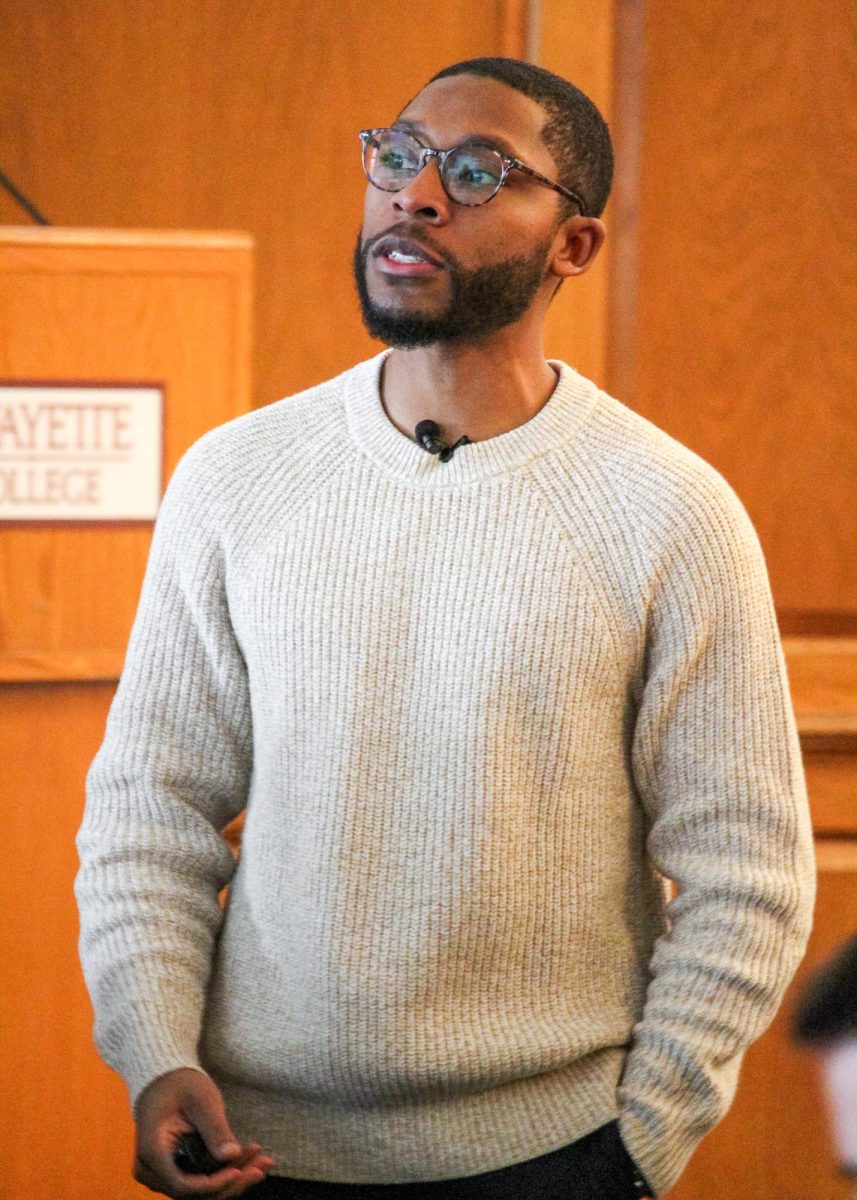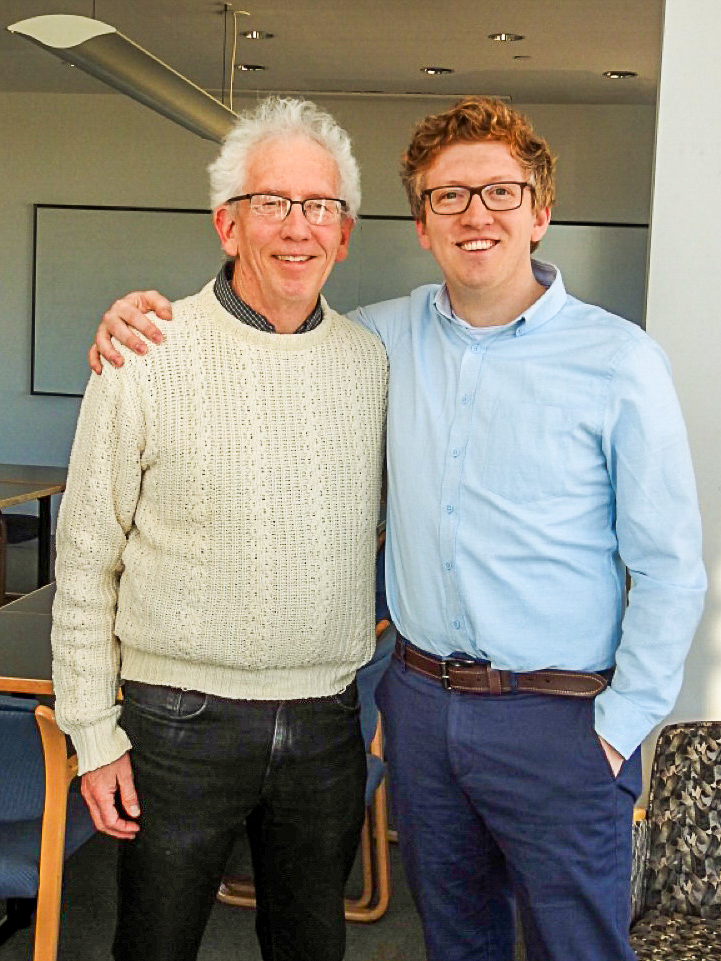After much discussion during the week and a four-hour meeting on Saturday, the Lafayette College Board of Trustees voted to support the major goals outlined by the three presidential working groups.
The vote was unanimous among the more than 30 trustees that were present.
The broad goals consist of increasing the enrollment size of the college from 2,580 to 2,900 students in the next six to eight years, providing need-blind financial aid by 2025 and benchmarking faculty salaries “against the median of a 25-college comparison group,” according to the resolution.
The board’s decision comes after over a semester’s worth of discussion. The three presidential working groups, which consisted of members of the faculty and administration, began meetings in early fall. The groups then submitted their recommendations at the end of last semester. Those recommendations were then released to the administration and faculty. At the faculty meeting earlier this month, they were discussed and approved, leading up to the board’s resolution.
President Alison Byerly scheduled a town hall meeting in Colton Chapel on Tuesday to discuss these goals.
In her email sent out to the campus community on Wednesday announcing the goals, Byerly wrote that this is “an exciting new direction for Lafayette.”
“We think that we have come far, that we have momentum, and this presents us with an opportunity to make some decisions that we believe will be far-reaching and will serve to really move Lafayette even further into the ranks of the most highly respected colleges of our type,” chair of the board of trustees Ed Ahart ‘69 said.
Although the board approved these general goals, the administration will oversee the goals’ implementation. The board will approve the annual tuition increases and the budget of the college, along with recommendations on building housing to accommodate the increase in enrollment size.
In order to house students with the increase in enrollment size, Byerly said that there are “couple of different places that we’re looking at,” but declined to comment on specifics. The college does not plan on buying any more property to facilitate these plans, she said.
There are no plans to increase the college’s enrollment this semester, Provost Abu Rizvi, who also served as chair of the working group on enrollment size, wrote in an email.
“This will happen gradually, over a period of years,” Ahart said. “And it may be that it will take a year or two to really get started.”
According to a summary of the presidential working group on enrollment size’s report, the college plans to maintain or lower the college’s student-to-faculty ratio as it increases enrollment.
Increasing enrollment, however, is not new for the college.
“The amount that we have grown over the past decade is roughly equivalent to the amount we’re proposing to grow in the next decade,” Byerly said. “It’s just it wasn’t announced as a plan…we were very successful in recruiting students and often our yield was higher than we expected and we just kind of gradually crept up.”
The college is also planning on growing the amount of diverse students on campus through these initiatives.
One of the ways the college plans to increase diversity enrollment is by moving toward need-blind financial aid. Some of the recommended ways to implement this goal by the working group have stirred controversy throughout the college, like reallocating funds from Posse D.C. and Marquis Scholarships to need-based financial aid.
There is currently no timeline for when these proposals will be decided on.
At an open forum on the question of reallocating funds from Posse D.C. held Wednesday night by two faculty committees, students wept, yelled and questioned the transparency of the working group’s process and the group’s understanding of the full impact of Posse for students of diverse backgrounds.
Using 2016 dollars, the college estimates that to become need-blind it would need to reallocate $5 million dollars of financial aid, which includes Posse D.C. and other merit-based scholarships, per year to that goal.
The working group recommended, along with Posse D.C., “significantly reducing Marquis Scholarships,” according to the group’s report. Those scholarships costs about $24,000 per year, Vice President for Enrollment Management Greg MacDonald said. The group also recommended “slightly increasing Marquis Fellowships,” according to the report.
“If we’re successful, merit scholarships are probably going to go away,” said MacDonald at the forum. MacDonald, who also chaired the presidential working group on financial aid, added after the forum that although it has not been proposed, he can envision a future in which Lafayette does not have merit-based scholarships.
Currently, the college allocates about $40 million in financial aid per year. That number would need to increase by half in order for the college to become need-blind.
The incoming class’s financial aid budget was increased by $1 million.
Other proposals to implement need-blind financial aid include annual increases in tuition by about one percent, the revenue the college will receive from enrollment growth, funds from the Capital Campaign and other need-based fundraising.
The $60 million dollar goal the Capital Campaign set for financial aid was also recently increased to $85 million. After the campaign reaches its goals, which is expected to be in 2019, Byerly wrote in an email, an additional $50 million will be raised for financial aid by 2025.








































































































